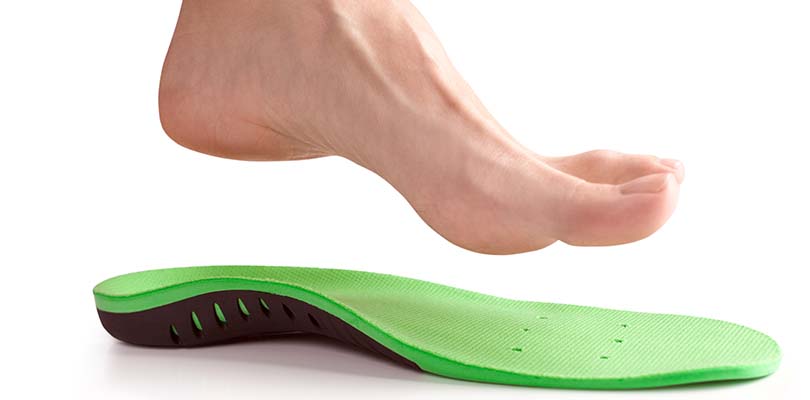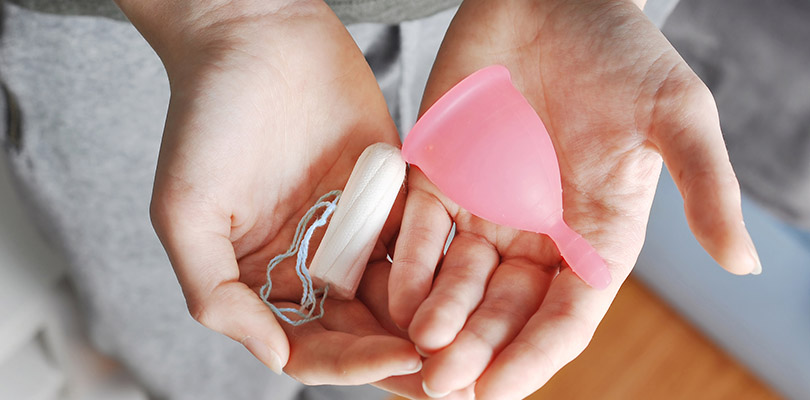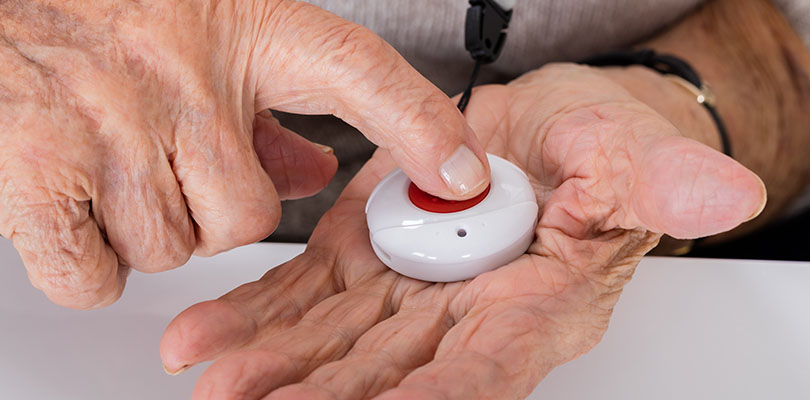What Are Shingles?
Shingles, also called herpes zoster, are described as a viral rash that most commonly develops along the sides of the trunk of the body. The rash consists of raised blisters that are incredibly painful, but not life-threatening.
Nearly 1 in 3 Americans develop shingles at some point in their life. This means that it is an incredibly common condition. This makes sense because the condition develops from the same virus found in chickenpox.
Once a person is infected with chickenpox, then the virus lies dormant in their bodies near the spinal cord and brain. At some point, the virus can flare up resulting in case of shingles.
The Signs and Symptoms of Shingles
Shingles is an interesting infection because unlike other viruses, it usually only impacts one side of the body. However, it can spread throughout the body, too.
The most common symptoms of shingles include:
- Red rash
- Raised blisters
- Pain, burning, or numbness in the skin
- Pus-filled blisters that break open
- Sensitive skin
- Chronic itching
- Fever
- Fatigue
- Sensitivity to light
- A dull headache
People have a variety of signs, but they can vary person to person. The most obvious indicator is the development of a rash or blisters on the sides of the torso.
What Causes Shingles?
As mentioned, shingles are caused by the varicella-zoster virus which also exists in chickenpox. The virus never completely exits the body. Instead, it lies dormant in nerve tissue near the spinal cord and brain.
Once a person is infected with chickenpox, then they can later develop an infection if the virus happens to flare up again. Keep in mind, not everybody who has chickenpox will develop shingles.
While it’s not exactly clear why some people get it, and others don’t, it may be linked to a compromised immune system as a person ages. Just as some people are more prone to getting a cold, other people are more prone to developing the condition.
Is Shingles Contagious?
Shingles itself is not contagious, but the virus that causes it can be. Until the shingle blisters have a hardened scab, it is possible to pass the varicella-zoster virus to others.
It can pass to other people who are not immune to the varicella-zoster virus. Typically, a person has immunity if they have already had chickenpox.
Small children are the most likely impacted by the threat of the virus since it is less likely that they have had chickenpox. Pregnant women and those with a weakened immune system are also at greater risk.
Treatment for Shingles
Unfortunately, there’s no way to remove the herpes zosters from your body. However, you can treat the uncomfortable symptoms. Here are some treatment guidelines:
A personality disorder can only be diagnosed by a mental health professional as they are quite rare and need very high levels of symptoms to be diagnosed.
- Use hot and cold compresses to offer relief to scabs and rash.
- Keep the blisters clean to help avoid infection.
- Wear loose-fitting clothing so as not to agitate the skin.
- Apply topical creams to help reduce itching.
- In some instances, a doctor may prescribe pain medications to help with swelling and pain.
The Potential Complications of Shingles
Usually, people who develop singles should expect a full recovery in 4-6 weeks. However, there are some instances where complications can occur. Potential complications of shingles include:
- Pneumonia — Pneumonia is uncommon but has been reported.
- Brain inflammation — Unfortunately shingles can lead to neurological issues associated with brain inflammation.
- Eye issues – Blisters on or near the eyes can cause vision loss.
- Ramsay Hunt Syndrome – This condition impacts the nerve endings in the face and can result in facial paralysis.
- Loss of pigmentation of the skin – Areas impacted by the rash can turn white.
- Postherpetic neuralgia – This refers to the continuous pain felt even after the blisters have cleared.
Vaccines
Fortunately, some vaccinations can help people avoid chickenpox and shingles. They are regularly offered to particular groups of people.
Chickenpox Vaccination
The chickenpox vaccination is now part of the regular schedule vaccinations for children.
Children are given the first dose between the ages of 12-15 months old followed by the final dose when they are 4-6 years old.
Currently, it is much less common for children to develop chickenpox in the US.
Shingles Vaccination
Fortunately, there is now a vaccination available to people ages 60 years and older. This particular demographic is offered the vaccination because they are the ones most likely impacted and those that are most likely to experience complications.
Overview
Shingles are an unfortunate condition that can leave people in a lot of pain and discomfort. Fortunately, it is not typically life-threatening, and if you manage the symptoms from the start, then it reduces the chances of complications.
If you suspect you have the virus, you should consult your doctor right away.







